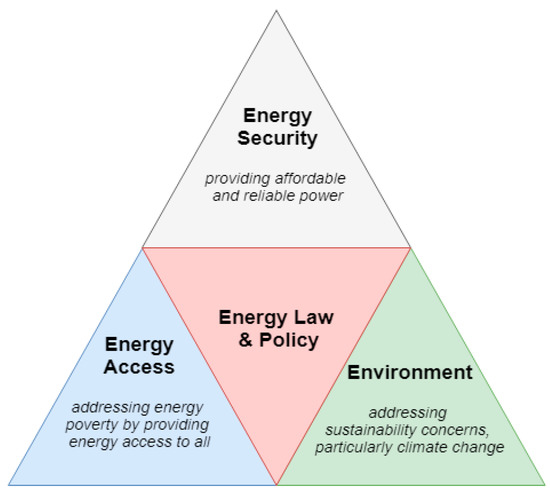What Challenges Arise In Integrating Renewable Energy Sources Into Existing Power Grids?

Renewable energy is a topic that has been gaining more and more traction in recent years. As we look to create a more sustainable world, we must shift our focus from traditional sources of energy, such as oil and gas, to cleaner and greener alternatives. The countries comprising the Association of Southeast Asian Nations (ASEAN) have been working towards this shift, but they face a number of unique challenges. In this post, we will take a closer look at those challenges and explore strategies for overcoming them.
One of the primary challenges that ASEAN countries face in their pursuit of renewable energy is the cost. While the price of solar panels and wind turbines has been dropping in recent years, they are still relatively expensive compared to traditional sources of energy. This can make it difficult for these countries, many of which have limited financial resources, to invest in the necessary infrastructure. However, there are a number of ways that they can overcome this obstacle.
One option is to take advantage of international funding opportunities. Many developed countries have established funds to help support the transition to clean energy in developing nations. ASEAN countries can apply for this funding to help cover the cost of renewable energy projects. In addition, some countries, such as Japan, have offered concessional loans to support sustainable energy development in the region.
Another challenge that ASEAN countries face is a lack of technical expertise. Many of these countries are still in the early stages of developing their renewable energy industries and may not have the knowledge or experience needed to do so effectively. However, there are a number of strategies that can be employed to address this issue as well.
One strategy is to partner with more developed countries that have more experience in renewable energy. For example, Japan has been working with ASEAN countries to help develop their renewable energy industries. Japanese companies have been providing technical expertise and assistance, as well as funding for projects. This type of partnership can help accelerate the development of renewable energy in the region.
Another approach is to invest in education and training programs for local workers. By building the skills of local workers, ASEAN countries can ensure that they have the necessary expertise to develop and maintain their renewable energy infrastructure. This can include everything from training technicians to install and maintain solar panels to providing educational programs in renewable energy engineering.
One specific challenge for ASEAN countries is their reliance on fossil fuels. Many of these countries are still heavily dependent on coal and oil for their energy needs. This can make it difficult to transition to renewable energy sources. However, there are ways to address this issue.
One strategy is to phase out the use of fossil fuels over time. This can involve gradually reducing the use of coal and oil while ramping up the use of renewable energy. In addition, many ASEAN countries have abundant natural resources that can be used to generate renewable energy, such as solar, wind, and hydroelectric power. By taking advantage of these resources, they can reduce their dependence on fossil fuels.
Another challenge for ASEAN countries is the lack of necessary infrastructure. Many of these countries lack the transmission lines and other infrastructure needed to support large-scale renewable energy projects. However, there are ways to address this issue as well.
One strategy is to invest in the necessary infrastructure. This can involve building transmission lines and other infrastructure that will allow renewable energy to be delivered to areas where it is needed. In addition, some countries have started to experiment with microgrids, which are small-scale, locally managed power systems that can be more easily integrated with renewable energy sources.
Another approach is to implement policies that encourage the development of renewable energy infrastructure. This may include financial incentives for renewable energy projects, as well as regulations that require the use of renewable energy in certain industries.
Another challenge for ASEAN countries is the political will to transition to renewable energy. Many of these countries face political and social challenges that make it difficult to pursue a transition to renewable energy. However, there are strategies that can be employed to address this issue as well.
One strategy is to build public support for renewable energy. This can involve raising awareness about the benefits of renewable energy and engaging with the public through education and outreach programs. In addition, building strong political support for renewable energy can involve working with government officials to help them understand the importance of transitioning to cleaner sources of energy.
Another approach is to build international support for renewable energy in ASEAN countries. This can involve working with other countries and international organizations to provide funding, technical expertise, and other types of support for renewable energy projects in the region. By building strong international partnerships, ASEAN countries can better navigate the political and social challenges that they face.
As you can see, there are a number of challenges that ASEAN countries face as they work to transition to renewable energy. However, there are also a number of strategies that can be employed to overcome these obstacles. By taking advantage of international funding opportunities, building technical expertise, reducing dependence on fossil fuels, investing in necessary infrastructure, building public and political support for renewable energy, and building international partnerships, ASEAN countries can accelerate the development of their renewable energy industries and create a more sustainable future for all.
Post a Comment for "What Challenges Arise In Integrating Renewable Energy Sources Into Existing Power Grids?"